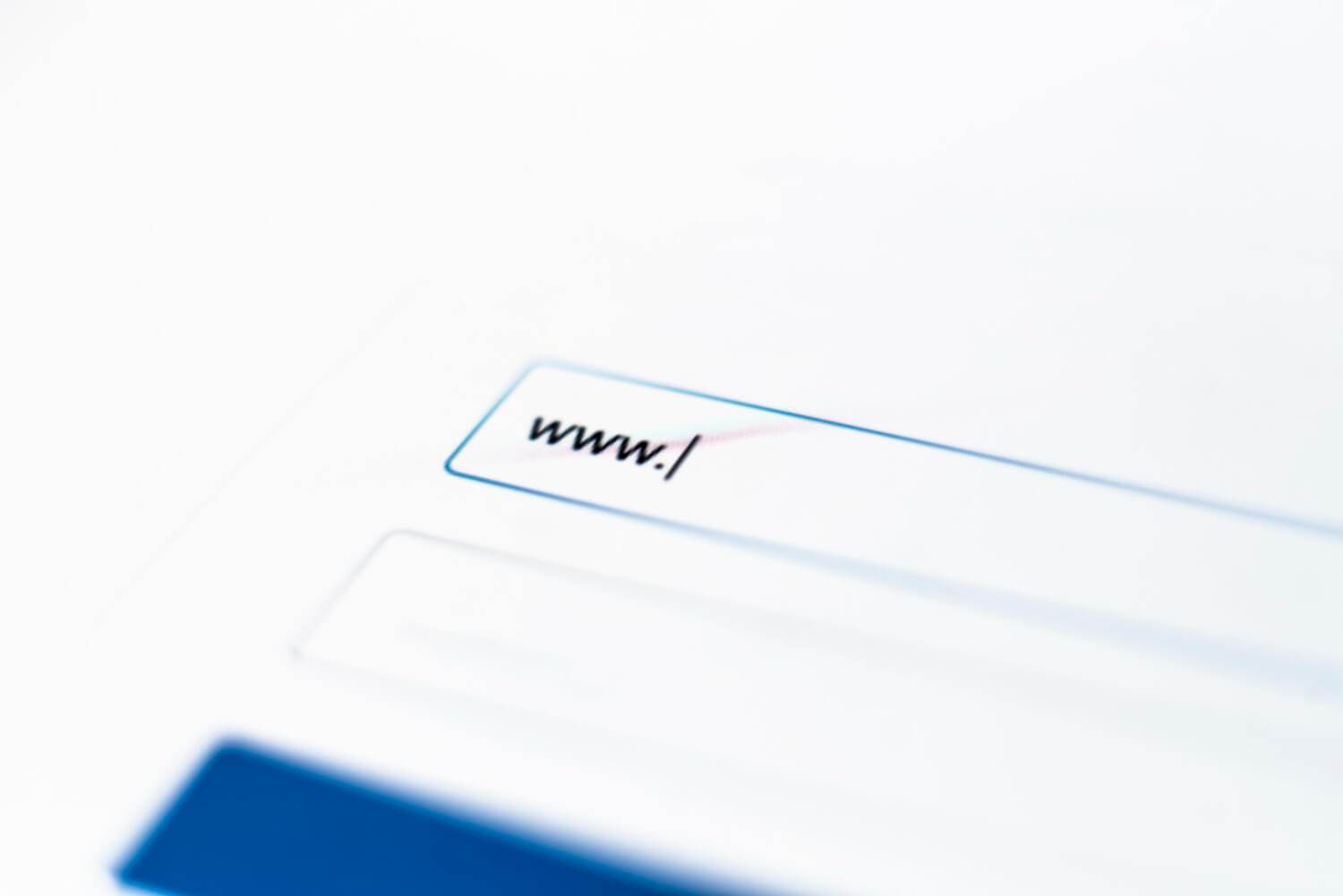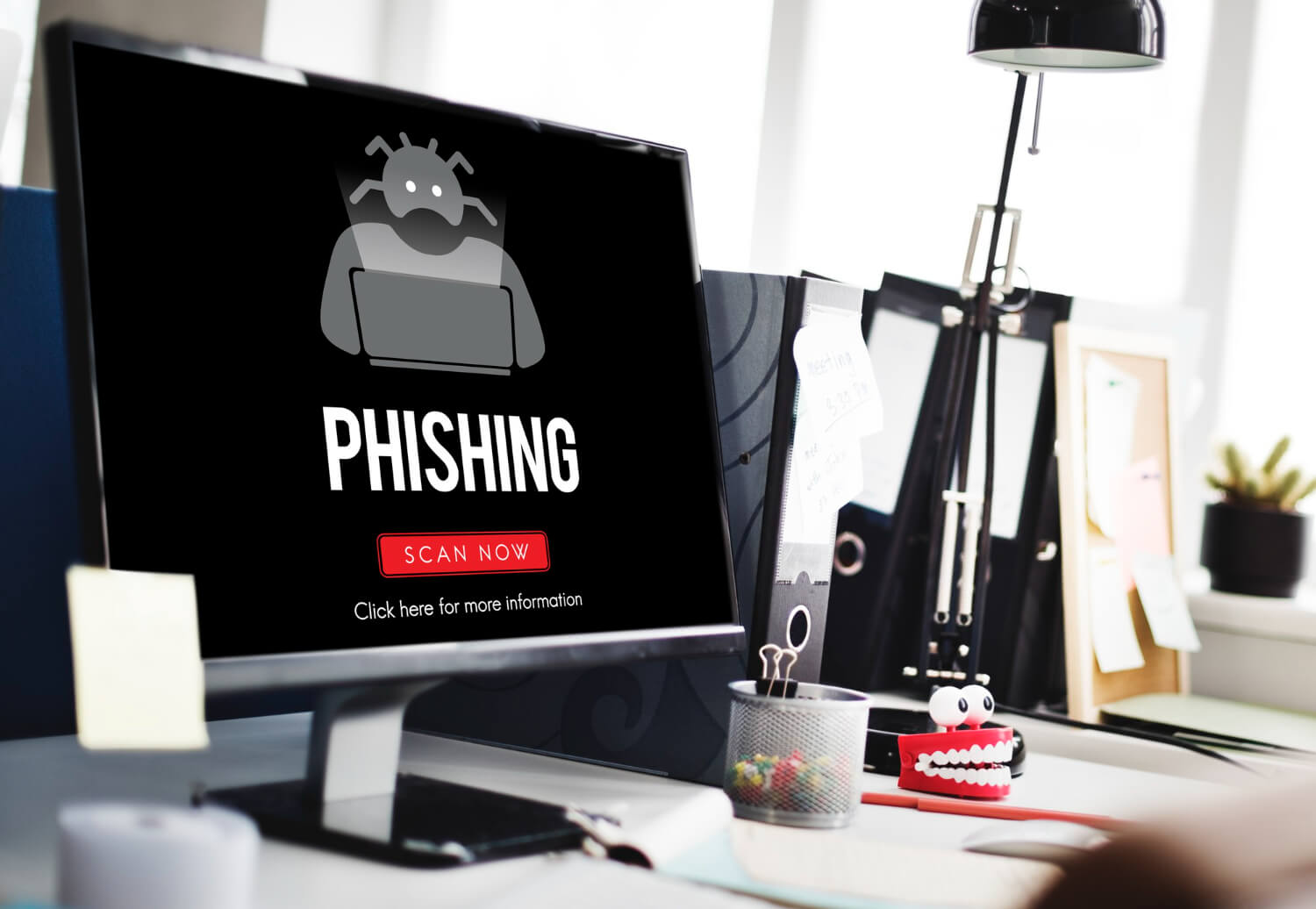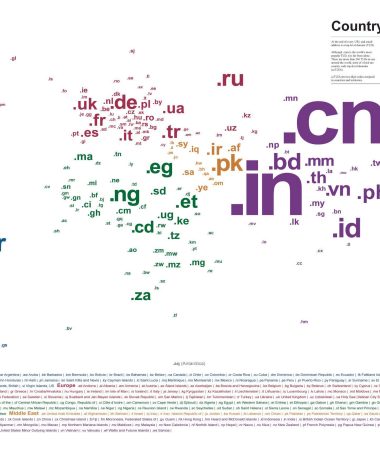In the digital age, owning a domain is akin to having your own piece of online real estate. Whether for a personal project, business, or just to ensure your name isn’t taken by someone else, domains play a pivotal role in carving out your own unique space on the World Wide Web. But how does one go about securing a domain? This article will comprehensively guide you through the process.
What is a Domain?
Before we delve into the how-to, it’s imperative to understand what a domain is. At its core, a domain name is the web address that people type into a browser to visit your website. For instance, “google.com” is a domain name.
Every domain name is linked to an IP address, which is a series of numbers that computers use to identify each other on the network. In essence, domain names were created to make IP addresses more human-friendly.
Why Do You Need a Domain?
Domains are fundamental for several reasons:
Branding: It reflects your brand, business, or personal name, helping visitors easily find you online.
Credibility: A custom domain adds professionalism to your presence.
SEO: A relevant domain can boost search engine rankings.
Custom Email Addresses: You can have personalized email addresses like “name@yourdomain.com”.
Steps to Buy a Domain:
1. Determine Your Needs
Before searching for a domain, understand the purpose of your website. Is it a personal blog, an e-commerce store, or a portfolio? Your domain should reflect this purpose. Jot down keywords or phrases relevant to your content.
2. Choose a Domain Name
Coming up with a domain name requires creativity, relevance, and strategy.
Simplicity: Opt for a name that is short, memorable, and easy to spell.
Relevance: Ensure it reflects your content, brand, or personal identity.
Avoid Numbers & Hyphens: They can lead to confusion when spoken aloud.
3. Domain Extension
The extension, like .com, .org, .net, is crucial. While .com remains the most popular and credible, there are numerous new extensions available (.guru, .blog, .app). Choose one that aligns best with your purpose.
4. Check Domain Availability
Once you have a name in mind, you need to check its availability. Numerous domain registrars and domain search tools are available online. Some popular ones include GoDaddy, Namecheap, and Google Domains.
5. Register the Domain
If your chosen domain is available, you can proceed to purchase it from a domain registrar. The process includes:
Creating an Account: You’ll need to sign up with the domain registrar.
Domain Duration: Domains are typically leased yearly. Decide the duration for which you want to register your domain.
Provide Accurate Contact Information: ICANN (Internet Corporation for Assigned Names and Numbers) mandates accurate contact information for domain owners. Some registrars offer privacy services that hide your details from the public database.
Payment: Complete the transaction using your preferred payment method.
6. Consider Domain Privacy
As mentioned, ICANN requires domain registrars to maintain a public directory (WHOIS) with contact information of all domain owners. If you’re concerned about privacy, many registrars offer domain privacy or WHOIS protection services. This replaces your information with the registrar’s details, keeping your personal information private.
7. Setup Domain Name System (DNS)
Post registration, you’ll have to set up the Domain Name System (DNS) settings, especially if you’re using third-party hosting services. The DNS connects your domain name to the web server where your website files are stored.
Additional Tips:
Renewal: Domains are leased, not bought permanently. Ensure you renew your domain before expiration to avoid losing it.
Backordering: If the domain you want is taken, some services allow you to backorder it, meaning you can purchase it once it becomes available.
Consider Multiple Domains: If you foresee potential typographical errors or want to protect your brand, consider buying multiple variations of your domain.
Transferability: Ensure your domain is transferable. Some registrars lock you in for a certain period, preventing transfers to other providers.
Owning a domain is the first step to establishing your online identity. By following the above steps, the domain purchasing process becomes structured and straightforward. Always remember, your domain isn’t just an address, but a reflection of what visitors should expect on your website. Make it count!
Extended Factors to Consider:
8. Internationalized Domain Names (IDNs)
In an increasingly globalized world, IDNs are becoming more popular. These domains allow characters from non-Latin alphabets, such as Cyrillic, Arabic, or Chinese. If your audience is largely from a specific linguistic group, consider registering an IDN to make your website more accessible.
9. Premium Domains
Some domains are labeled “premium” by registrars. These domains are considered valuable because they’re short, memorable, or contain popular keywords. While they come at a higher cost, they can be a worthwhile investment for businesses aiming to establish a dominant online presence.
10. Beware of Cybersquatters
Cybersquatting is the act of registering a domain name with the intent of profiting from someone else’s trademark. Be vigilant and consider registering common misspellings of your domain or similar sounding names to protect your brand’s online identity.
11. Subdomains and Directories
Once you own a domain, you can create subdomains (like blog.yourdomain.com) or directories (yourdomain.com/blog). Both can be useful for segmenting different parts of your website. Understanding this can help you manage and expand your online content effectively.
12. Connect with Social Media
For holistic online branding, ensure your domain name or its close variations are available as usernames on major social media platforms. Consistency across platforms enhances brand recognition.
13. Engage with a Broker for Rare Domains
If a particular domain is essential but already taken, domain brokers can negotiate a purchase on your behalf. They come in handy especially if the domain owner is hard to contact or if you prefer anonymity.
14. Monitor Domain Performance
Post-purchase, monitor your domain’s performance in terms of SEO rankings, traffic, and uptime. Tools like Google Analytics and Uptime Robot can be instrumental in this process.
Common Mistakes to Avoid:
Forgetting to Renew: One of the most common mistakes is forgetting to renew a domain. Set reminders or opt for auto-renewal options.
Choosing a Domain Too Similar to Another Brand: This can lead to confusion for visitors and potential legal complications if the other brand is trademarked.
Neglecting Local Extensions: If your business is local, consider a country-specific domain extension. For example, a bakery in London might opt for a .co.uk domain.
Overcomplicating the Domain: Avoid jargon or overly complex terms unless they’re intrinsic to your brand.
Purchasing a domain is the cornerstone of establishing an online identity. While the process may seem daunting, breaking it down step-by-step makes it manageable. Beyond just the purchase, it’s essential to continually monitor and adapt based on the performance and the evolving needs of your brand or project. In the digital age, a domain isn’t just an address—it’s a dynamic part of your brand story. Invest time and thought into it, and it can become one of your most valuable assets.
Expanding Your Domain Portfolio:
15. Diversify Domain Extensions
Even if your primary domain is a .com, consider purchasing other extensions. If you have a business that operates internationally, country-specific domains like .ca (Canada), .au (Australia), or .in (India) might be useful to target specific regions.
16. Domain Parking
If you’ve bought multiple domain names but aren’t using them all, you can “park” them. Parking can either be protective, ensuring no one else uses a similar name, or monetized, where ads are displayed on the domain and you earn revenue.
17. Domain Flipping
Much like real estate, some entrepreneurs buy domains with the intention of selling them at a profit later on. This practice, known as domain flipping, can be lucrative if one can anticipate future trends or demands.
Best Practices:
Unified Branding: Ensure that your domain, social media handles, and any offline branding are consistent. This unified branding helps in reinforcing brand recall.
Maintain Domain Security: Protect your domain from potential hacks or unauthorized transfers. Use strong, unique passwords, enable two-factor authentication, and regularly update your contact information.
Regularly Review Domain Portfolio: If you own multiple domains, periodically review and assess their relevance. Let go of those that no longer align with your goals or brand direction.
Engage with Domain Communities: Join online forums or communities like NamePros or DNForum. These platforms can offer insights, trends, and valuable advice from seasoned domain investors and experts.
Potential Pitfalls:
Falling for Scams: Beware of unsolicited offers or alerts claiming your domain is about to expire, urging immediate action. Always double-check with your registrar.
Neglecting Domain Reputation: Ensure that your domain isn’t associated with malicious activities. A tarnished domain reputation can affect email deliverability and search rankings.
Missing Out on Domain Trends: Domains with keywords relevant to emerging trends or technologies can become valuable. Stay updated with global happenings and consider how they might influence domain demands.
While the initial process of buying a domain might appear straightforward, the larger landscape of domain management, security, and optimization is vast and dynamic. As with any valuable asset, your domain requires attention, maintenance, and strategic foresight.
By embedding your domain strategy within your broader digital and business strategies, you not only secure a digital address but also create opportunities for growth, protection, and revenue. Whether you’re an individual establishing a personal brand, an entrepreneur forging a business identity, or an investor in the domain marketplace, understanding the nuances can make all the difference.
In the digital realm, your domain is both your address and your brand’s first impression. Choose wisely, manage effectively, and watch your digital presence flourish.









